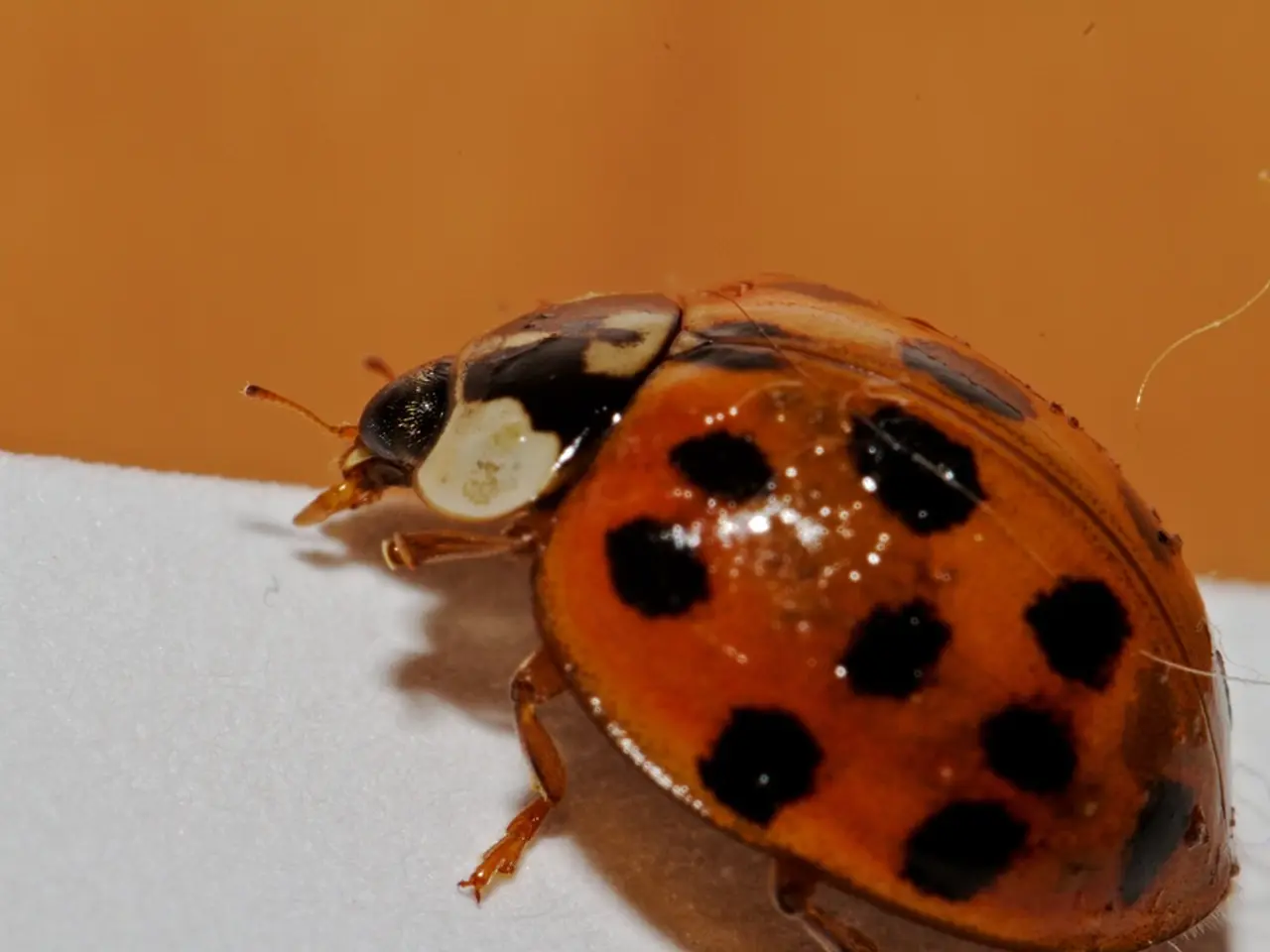Urgent: Patch Venom Vulnerability in KVM, QEMU, and Xen Hypervisors
Urgent action is required for users of KVM, QEMU, and Xen hypervisors. A critical vulnerability, Venom (CVE-2015-3456), has been discovered and patched. This flaw allows guest operating systems to escape the hypervisor and access the host operating system.
Crowdstrike revealed the Venom vulnerability, which affects popular open-source hypervisors. RedHat (KVM), the Xen project (Xen), and QEMU have released patches to address this issue. Users are urged to update to the latest patched versions to mitigate risk.
The vulnerability lies in the floppy drive emulation code of QEMU, which is also used by Xen and KVM. No known exploits exist, but attackers can potentially reverse-engineer the vulnerability due to open-source code availability. Qualys can be used to scan for Venom with specific QIDs for applicable Red Hat Linux versions.
Virtualization users should maintain an inventory of their virtualized infrastructure and ensure appliances using virtualization are also checked for patches if compromised. Virtualization may face more security audits similar to OpenSSL's in the future.
In summary, virtualization users should urgently patch their systems to address the Venom vulnerability. Maintaining an inventory of virtualized infrastructure and checking appliances for patches are crucial steps. While no known exploits exist, the open-source nature of the affected hypervisors could potentially lead to reverse-engineering by attackers.
Read also:
- Web3 gaming platform, Pixelverse, debuts on Base and Farcaster networks
- Amazon customer duped over Nvidia RTX 5070 Ti purchase: shipped item replaced with suspicious white powder; PC hardware fan deceived, discovers salt instead of GPU core days after receiving defective RTX 5090.
- Infiltration of Estonian airspace by Russian military aircraft
- Cyber aggression intensifies by China-backed TA415 group, targeting Taiwan's semiconductor production and supply networks







